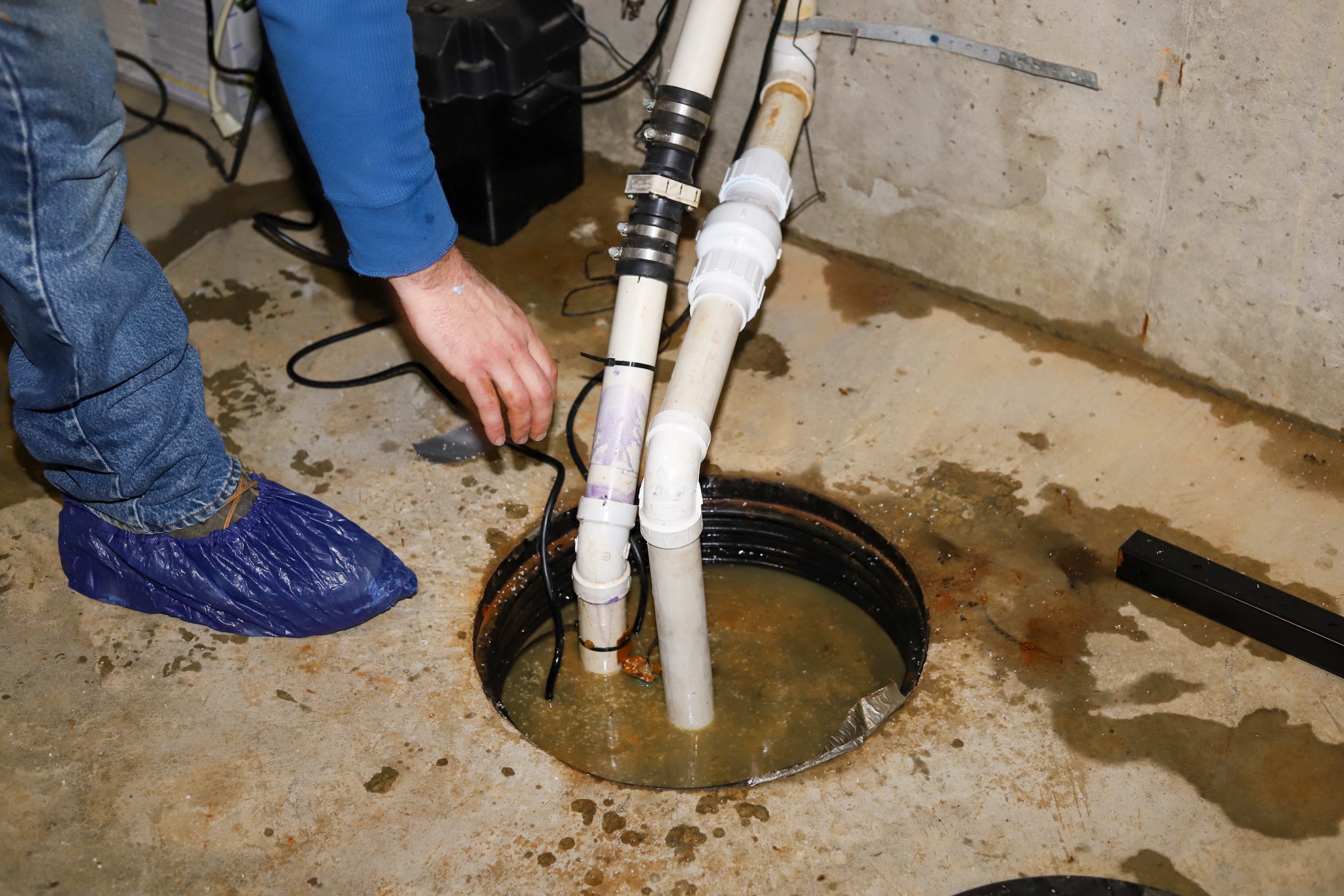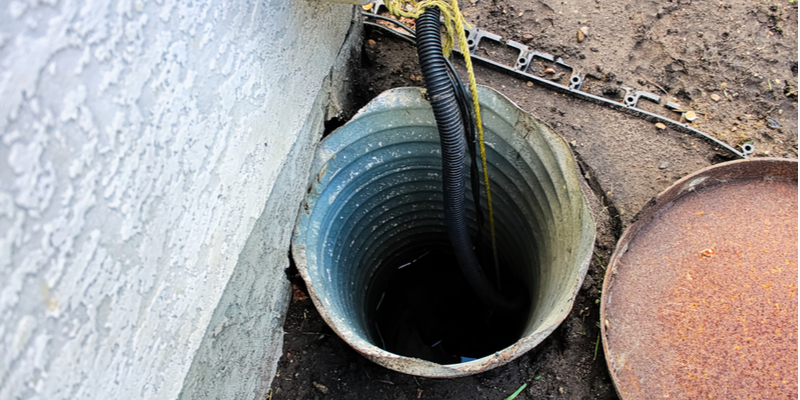Practical Tips for Taking Care of a Sump Pump
Practical Tips for Taking Care of a Sump Pump
Blog Article
Are you hunting for ideas around How to Care for Your Sump Pump?

Sump pumps are vital elements in many homes, especially in areas susceptible to flooding or too much moisture. They assist protect against water damages by efficiently removing excess water from basements or crawl spaces. Nevertheless, like any other home appliance, sump pumps call for normal maintenance to guarantee they function effectively when needed one of the most. Cleansing your sump pump is an essential part of its upkeep, and recognizing exactly how to do it properly can save you from pricey repair services and possible disasters.
Introduction
Preserving a tidy sump pump is important for its proper functioning and longevity. Disregarding this crucial task can bring about obstructions, breakdowns, and inevitably, water damages to your residential or commercial property. Therefore, learning exactly how to clean up a sump pump is critical for homeowners who rely on these devices to keep their cellars dry and safeguarded.
Recognizing the Sump Pump
Before diving right into the cleansing process, it's necessary to have a fundamental understanding of exactly how a sump pump works. Generally mounted in a pit or container below the basement flooring, a sump pump consists of numerous essential parts, including a pump, a float switch, and a discharge pipe. When water accumulates in the pit, the float switch activates the pump, which then pumps the water out with the discharge pipe, far from the structure's structure.
Indicators of a Dirty Sump Pump
Knowing when your sump pump needs cleansing is vital for preventing potential malfunctions. Some common signs that show an unclean sump pump include strange sounds during procedure, minimized water circulation, and visible particles in the pit. If you see any one of these symptoms, it's important to clean your sump pump without delay to stay clear of any type of further issues.
Getting ready for Cleansing
Before you start cleansing your sump pump, it's important to take some safety and security precautions. Begin by shutting off the power to the pump to avoid any type of electric crashes. Additionally, use ideal safety equipment, such as handwear covers and safety glasses, to protect yourself from dust, particles, and possible virus.
Detailed Guide to Cleaning a Sump Pump
Turning off the Power
Begin by detaching the power supply to the sump pump to stop any kind of crashes while cleansing.
Removing Debris and Dirt
Make use of a container or a scoop to eliminate any kind of visible debris, dust, or sediment from the sump pit. Dispose of the debris correctly to avoid it from obstructing the pump or the discharge pipe.
Cleansing the Pump and Drift Switch
Once the pit is clear of debris, very carefully get rid of the pump from the pit. Examine the pump and the float switch for any signs of damage or wear. Make use of a soft brush or towel to cleanse the surfaces and remove any built up crud.
Flushing the System
After cleansing the pump and float switch, purge the sump pit with tidy water to eliminate any staying dirt or debris. This will help guarantee that the pump runs efficiently and successfully.
Checking for Correct Functioning
Prior to re-installing the pump, carry out a fast examination to make sure that the float button triggers the pump appropriately. Pour some water into the sump pit and observe the pump's operation. If whatever is operating appropriately, you can reconstruct the pump and reconnect the power supply.
Maintenance Tips to Keep Your Sump Pump Clean
In addition to regular cleaning, there are numerous maintenance tips you can comply with to keep your sump pump in optimum condition:
Conclusion
Cleansing your sump pump is an essential element of its maintenance and makes sure that it operates efficiently when you need it the most. By complying with the actions described in this guide and incorporating regular upkeep into your routine, you can extend the lifespan of your sump pump and secure your home from water damages.
6 STEPS ON HOW TO CLEAN A SUMP PUMP PROPERLY
UNDERSTANDING SUMP PUMPS
Your sump pump plays a crucial role in protecting your home by managing and removing excess water. It primarily functions as a “shield”, guarding your basement against the damaging effects of water accumulation. The pump is housed in a sump pit in the lowest part of your basement, and its job is to pump out any water that collects there.
During heavy rainfalls or when snow melts rapidly, water can infiltrate your basement, posing potential risks like flooding, structural damage, and harmful mold growth. Here, the sump pump springs into action, pumping out the intruding water and directing it away from your home.
SAFETY FIRST
Before cleaning, remember to prioritize safety. Disconnect the sump pump from the power source to prevent any accidental electric shocks. Also, wear sturdy gloves to protect your hands from any sharp or dirty components within the pump.
REMOVE THE SUMP PUMP
After ensuring your safety, the next step is to remove the sump pump from its pit. Doing this might require careful maneuvering as you don’t want to damage any pump components. Once removed, clean the sump pit to remove any accumulated debris or sludge.
INSPECT THE PUMP
Inspect the pump for any visible signs of wear or damage. Check the power cord, float switch, and impeller housing. If any components look worn out or damaged, consider replacing them to ensure optimal performance.
CLEAN THE PUMP
Thoroughly clean the pump with warm, soapy water. Make sure to rid it of any dirt, gravel, or other debris that might impede its performance. You can use a toothbrush to clean the small, hard-to-reach parts of the pump.
REINSTALL THE SUMP PUMP
Reinstall the pump into the sump pit Make sure it’s positioned correctly to remove the water effectively Once it’s back in place, reconnect it to the power source TEST THE PUMP
Finally, pour some water into the pit to ensure the pump works correctly. It should start automatically and begin pumping out the water; if it doesn’t, check the power source and the positioning of the pump.
Remember, while cleaning your sump pump is an essential part of home maintenance, hiring a professional plumber for a thorough inspection and cleaning at least once a year is also important. This will ensure that your pump is in optimal condition, ready to protect your home from potential water damage.
BEST PRACTICES FOR CLEANING SUMP PUMP DISCHARGE PIPES
Regular Inspection: Regularly inspect your discharge pipes, especially during heavy rainfall or snowmelt periods. Look for any signs of blockage or damage. Early detection of problems can prevent serious issues down the line. Periodic Cleaning: Over time, sediment and debris can accumulate in the discharge pipes, impeding the flow of water. Regular cleaning helps keep the pipes clear and functioning efficiently. You can use a high-pressure water jet to effectively clean the pipes. Insulation During Winter: In colder climates, discharge pipes can freeze, blocking the outflow of water. Protect your discharge pipes from freezing temperatures by insulating them with foam pipe insulation. This will ensure the sump pump can continue to discharge water even in freezing conditions. Proper Positioning: The discharge pipe should be positioned to direct water away from your home’s foundation. Improper positioning can lead to water seeping back into the basement. Ensure the pipe is long enough and angled correctly. Installation of a Check Valve: A check valve prevents water from flowing back into your sump pit after the pump has pushed it out. Installing a check valve helps maintain the efficiency of your sump pump and reduces the risk of flooding. Minimize Pipe Turns: Every curve or turn in the discharge pipe can decrease the efficiency of water flow. By minimizing turns and bends in your discharge pipe, you can increase the efficiency of your sump pump. https://www.fullspeedplumbing.com/how-to-clean-a-sump-pump-properly9999/

As a fervent reader on Keep Your Sump Pump Clean, It'll Keep You Dry, I imagined sharing that article was important. Those who enjoyed reading our blog post plz consider to share it. Many thanks for being here. Come back soon.
Book Appointment Report this page